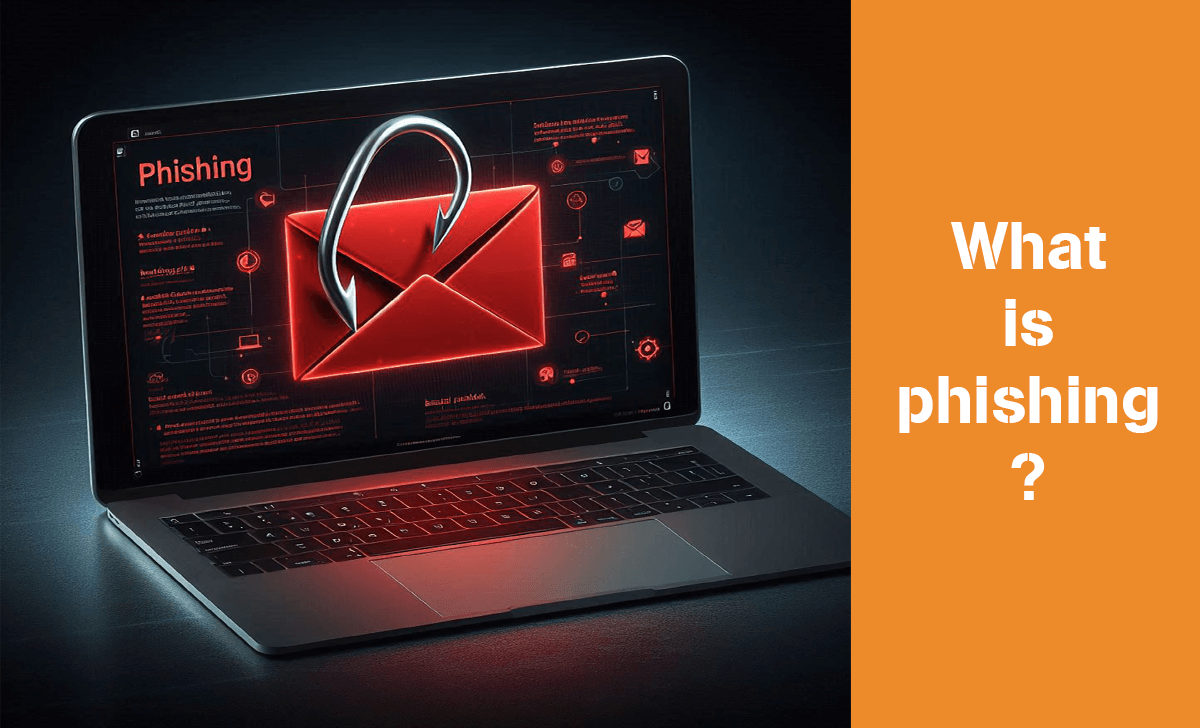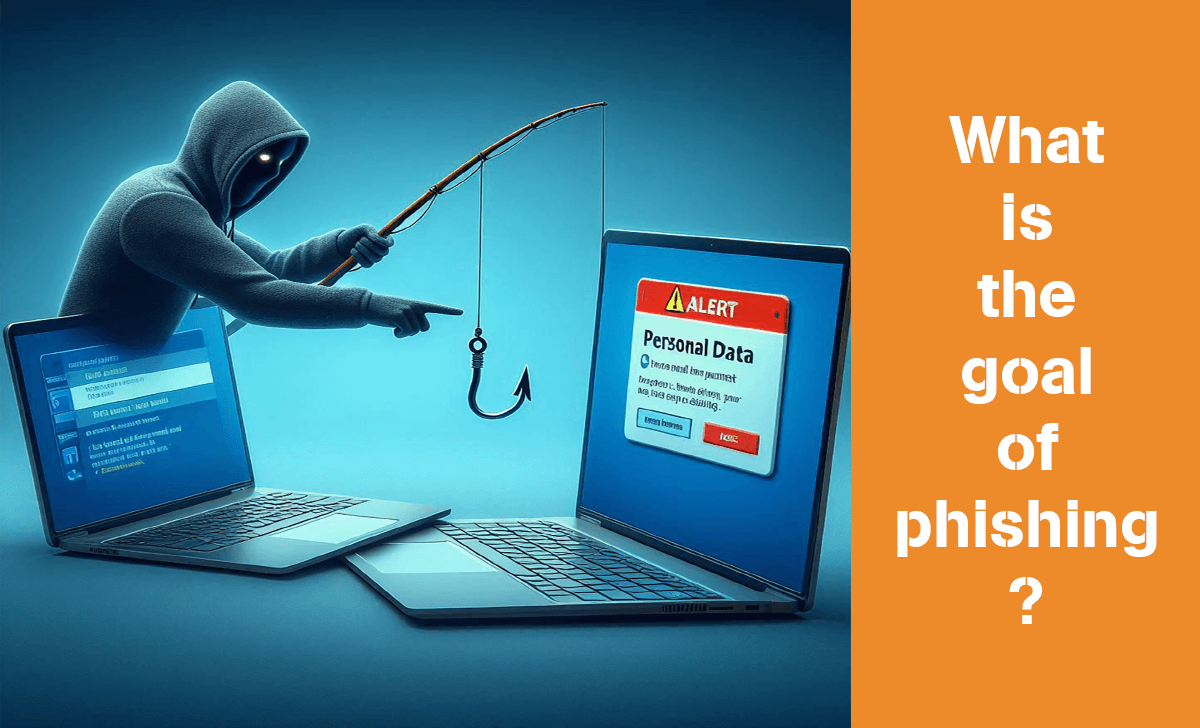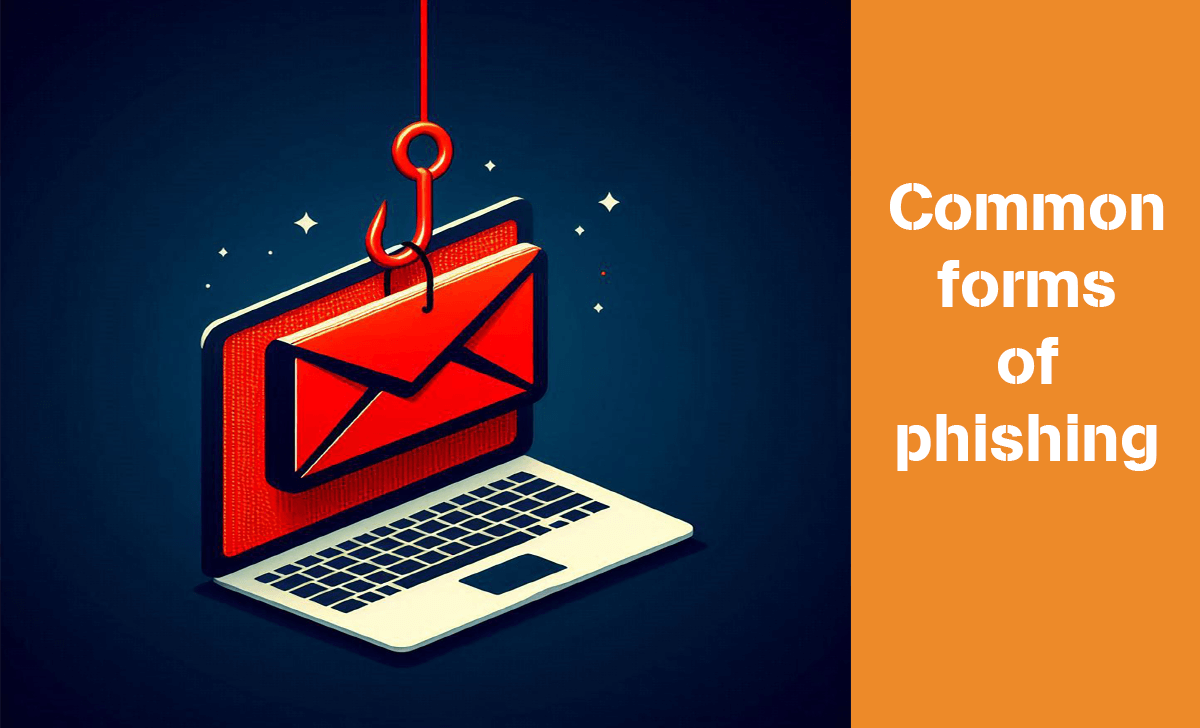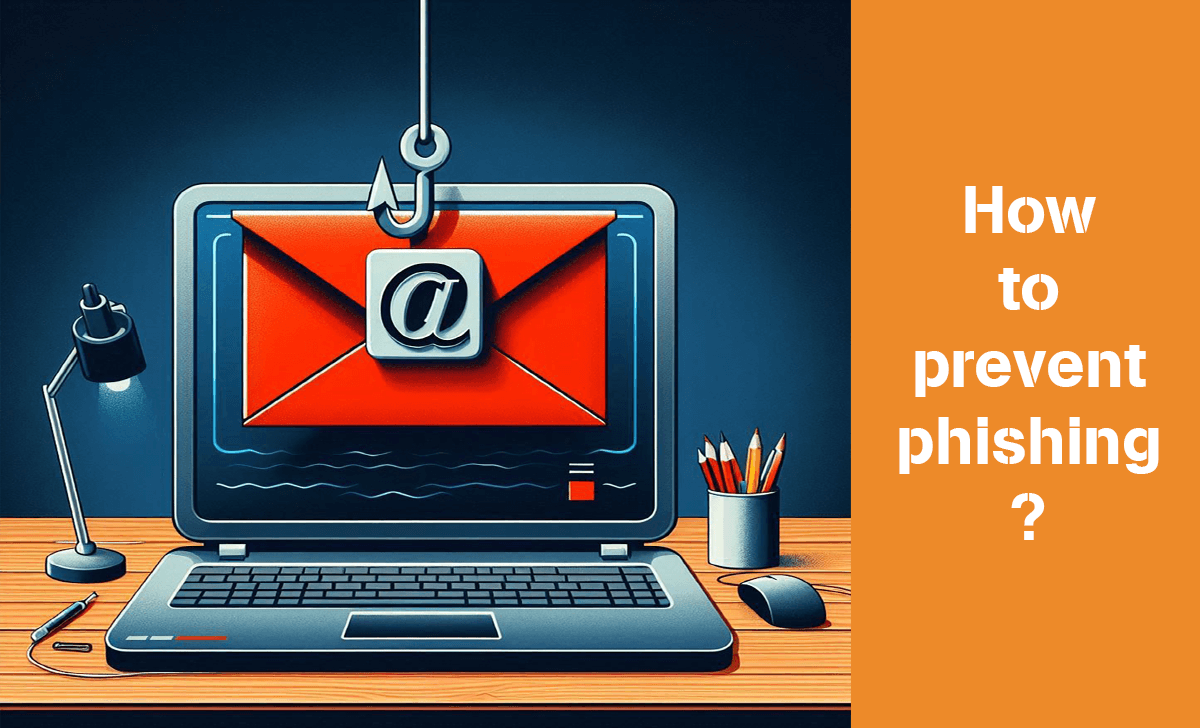Phishing is a form of online fraud in which a fraudster impersonates a trusted entity to trick users into providing sensitive information. The forms of outreach are also extremely diverse when possible through means such as email, text messages, direct messages, fake websites,…
If you are interested in this topic about the concept of phishing and want to know how to prevent it, stay tuned for upcoming content with AZcoin!
What is phishing?

Phishing is one of the most dangerous forms of online fraud today, paralleling the development of technology. Accordingly, the fraudster will impersonate a trusted entity to trick users into providing sensitive information from personal wallet address information, transaction information,… and more.
Highly specialized individuals often carry this fraud and use sophisticated techniques to deceive victims. These techniques are also extremely diverse as they can be as simple as using malware to steal information, sending malicious files via email, or creating fake websites.
In the cryptocurrency market, this is a very common form of security breach, which can cause a lot of damage to organizations and individuals.
What is the goal of phishing?

If you ask what the goal of phishing is, of course, it is to appropriate sensitive information as well as valuable assets from tricked victims. For large organizations, the target may change somewhat, but in general, fraudsters will still try to gain the most benefit from the organizations they attack.
In the cryptocurrency environment, if you have your important information stolen, it can lead to the:
- Reveal information exchanged and personal transactions.
- Stolen electronic assets such as cryptocurrency, NFT,…
- Having personal information used for other fraudulent acts.
- Using personal information for credit fraud.
In general, being a victim of phishing can have a lot of impact on the financial situation of an individual and an organization, so it needs to be prevented.
In addition, if you are interested in learning more interesting content, please check out: Data Indexing, Caching,…
Common forms of phishing

Phishing is a highly sophisticated form of fraud, divided into many different forms of approaching victims. The following is a summary of these forms of fraud but has been shortened to group similar forms together:
Multimedia phishing
This is the most common and visible form of fraud, in which scammers will use mobile phone information, text messages, emails, and fake websites to attack. They will often impersonate a trusted entity such as a service provider, or developer,… to carry out their actions.
To increase the likelihood of success as well as create a certain reputation, the above fraud methods will often be coordinated and used together. Even more sophisticated are techniques that allow scammers to optimize search engines to bring fake websites to the top of search results.
Phishing takes advantage of news
This is a new form of fraud when scammers take advantage of the latest information and events that most people are interested in to reach victims. This information can be new Airdrops, token offerings, project launch events,…
With these forms, scammers will create facades of reputable entities as well as make full use of real sources. Users who do not have enough information or are not vigilant can easily become victims of it.
Besides, if you are looking for a safe and convenient place to buy, sell, and exchange cryptocurrencies, come to the best crypto exchange site here.
Phishing uses malicious code
This is a not-too-new form of fraud, somewhat compatible with the form of using convenient means when they will use these convenient means to send malicious code to the character. And the victim here just needs to be not careful and will be attacked by these malicious codes.
This is a relatively difficult formula to detect because even if malware has been infected, there will not be any major changes, but the other default is that the attack now has the opportunity to steal the victim’s information.
How to prevent phishing?

For individuals
- Be wary of messages, emails,… or any other form of multimedia that urges you to provide personal information.
- Do not click on any links or attachments sent through unverified emails.
- Do not answer phone calls, text messages, or emails to scammers.
- Use firewalls and antivirus software to significantly detect and prevent malicious code.
- Carefully check links and information from a certain unit or project before accessing any related website.
For large organizations
- Training for employees to increase knowledge of safe internet use.
- Use G-suite service for businesses.
- Always update software and applications to avoid security holes
- Proactively secure sensitive and important information.
- Use tools designed to detect and prevent phishing.
Conclusion
We have finally come to the end of all the content surrounding the concept of phishing as well as how you can prevent it. Hopefully this content will be useful to you and see you again in future content at AZcoin.

I am Tony Vu, living in California, USA. I am currently the co-founder of AZCoin company, with many years of experience in the cryptocurrency market, I hope to bring you useful information and knowledge about virtual currency investment.
Email: [email protected]











